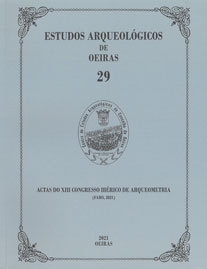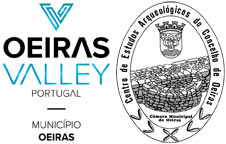Análisis de imagen para la detección de pigmentos y grabados. Cueva de las Ventanas (Píñar, Granada)
Palavras-chave:
Paleolithic engravings, Structure from Motion, Image Analysis, Pigments segmentation, Multivariate AnalysisResumo
The south of the Iberian Peninsula preserves an important group of sites with paleolithic art. Recently, the case of Las Ventanas Cave (Píñar, Granada) has been published. An interdisciplinary research has allowed to link the engravings with the Cantabrian cornice, corroborating a pre‑solutrean chronology. These engravings, in which the so‑called “trilineal deer” appear, have also been dated on 37 897‑30 913 cal BP.
Within this study the work of Image Analysis has been a keystone. The documentation of the approximately 765 engravings was done using Structure from Motion software, which allowed the three‑dimensional documentation of the objects of interest. In addition, Image Analysis focused on Principal Components of bands RGB color space detected the presence of pigments linked to the engravings.
The Image Analysis processes are confirmed of great importance in the study of heritage elements. They allow us to access new data that goes beyond what we can perceive with the naked eye, helping to detect areas of special interest on which to deep with other types of analytics that can yield physical‑chemical data.
Downloads
Publicado
Como Citar
Edição
Secção
Licença
Os artigos publicados são da exclusiva responsabilidade dos Autores.
É expressamente proibida a reprodução de quaisquer imagens sobre as quais
existam direitos de autor sem o prévio consentimento dos signatários dos artigos
respectivos.




